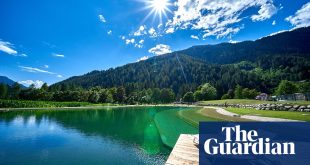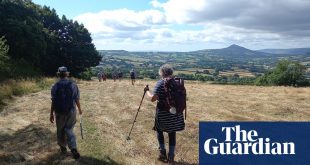Provence is a magical holiday destination at any time of year, but if you want to experience a more authentic side to the region, you’re best to visit after the height of summer – when the weather is cooler, the beaches are empty, and it’s time for the harvests and food fairs. Sounds intriguing? Then read on for off-season travel tips from five local residents …
Learn about the terroir at the food festivals
The south of France is host to a multitude of food festivals, dedicated to everything from sea urchins and cherries to almonds, saffron and truffles. “The first one I remember going to was the chestnut festival in Collobrières, which started in 1982 and takes place over the last three Sundays in October,” says local foodie, Manon Martin. “Thousands of people turn up, all eating roast chestnuts, buying chestnut cream and looking at the chestnut crafts.

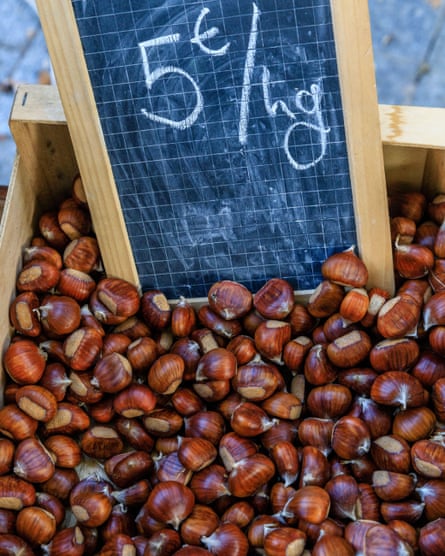
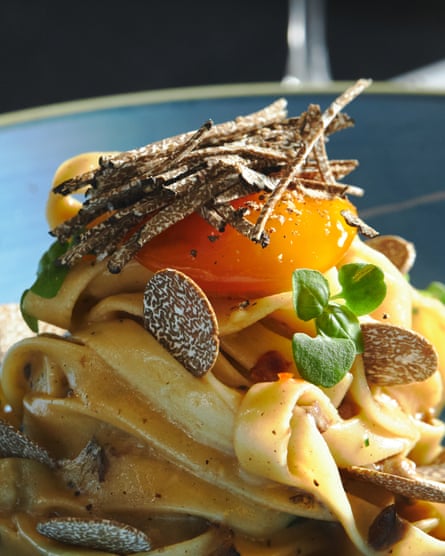
“In November, I head off to Rognes, north of Aix-en-Provence, for the Fête de la Courge, where there’s a special pumpkin walkabout, huge barrels of misshapen squashes and a real feeling of discovering the terroir. The truffle season begins then too – I’d love to go on a truffle hunt but I’m scared of pigs … and dogs!”
Other autumn food fairs include the October olive celebration in Ollioules, mushrooms in Saint-Trinit and mussels in Le Pradet. And if you’ve not had enough pumpkin pie already, there’s another squash festival in Rians at the start of December. Then of course, there are Provence’s fantastic christmas markets, where you can sample the region’s 13 traditional desserts that are served during the festive period, including black and white nougat, and pompe á huile – a sweet flatbread made with olive and orange flower water.
If you’re visiting as winter draws to a close, the fishing port of Carry-le-Rouet hosts the oursinade, a celebration of the end of the sea urchin season, on the first three Sundays of February, where you’ll be able to sample fresh sea urchins pulled straight from the Med that morning – ideally along with a glass of Provençal rosé of course.
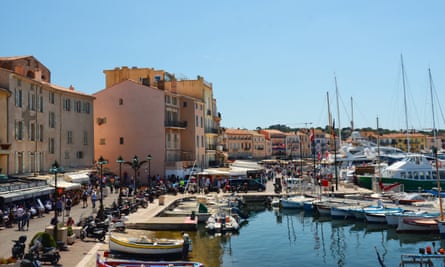
Visit Saint-Tropez’s La Grande Braderie by boat
Saint-Tropez’s narrow lanes are always packed with visitors in the summer, but if you like a bargain, seasoned Riviera shopper Emilie Manchon advises waiting for La Grande Braderie in the autumn. The event, which takes place in the last weekend in October, sees boutiques sell off their wares, with the streets and squares full of fashion bargains – from handbags, scarves, shorts, polo tops, sunhats and the summer’s leftover bikinis, to bric-a-brac. “My best advice is to get there by boat,” says Manchon. “Not a superyacht, but on the ferry from Sainte-Maxime – or there’s a special one that leaves from Nice.” The clearance sales start early (before most people in Saint-Tropez are awake) and go on until seven in the evening. “Because it’s in October, it’s cool, and if you come by boat, there’s no worry about parking!” she adds.

Antique hunting in Provence
If antiques are more your bag, the Provençal town of L’Isle-sur-la-Sorgue is a 20-minute drive east of Avignon and home to the largest concentration of antique shops in France outside of Paris. “I come here every week looking for one-off pieces and vintage advertising to furnish the places I decorate,” says Marie-Hélène Forcin, an interior decorator from Arles. The town has more than 350 permanent antique dealers spread over six “villages”. “You need to know where to go and what to look out for, but it’s a magical, picturesque place.” L’Isle was at the heart of the region’s silk, paper and crayfish industries in the 18th century, and is surrounded by large manor houses. “The dealers make it very easy to ship stuff to other countries,” says Forcin. “I bought a set of art nouveau vases and an early 1900s ad for absinthe a few weeks ago.” Many of the objects come from house and chateau clearances in Provence but there are also some unusual shops selling Asian tea chests and contemporary art. “People come from all over the south of France to L’Isle-sur-la-Sorgue; there are some excellent places to eat. My biggest tips would be arrive early, park far away and don’t bargain too hard.”
Tasting tours in Châteauneuf-du-Pape
“Wine tasting and vineyard tours are popular activities on the Rhône’s wine estates but at Châteauneuf-du-Pape, things are a little different,” says Jules Lefebvre, an Avignon-based wine expert. “The soil is renowned for its galets roulés [round pebbles], which absorb the heat from the sun during the day and release it to the vines at night – this, and the strong mistral wind, take away the excess moisture and produce the peppery, earthy taste of the southern Rhône’s most-celebrated wine.”
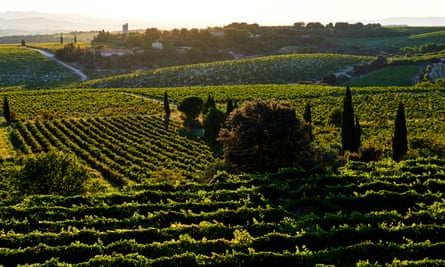

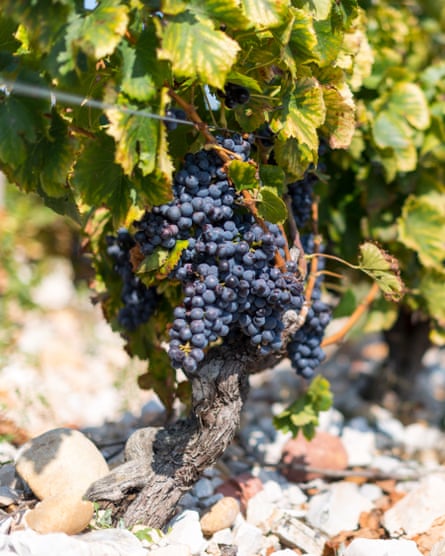
The handpicked harvest takes place in September-October and the most appealing way to reach the Châteauneuf-du-Pape vineyards from Avignon is by boat – as the popes did when the papacy was in Avignon in the 14th century, says Lefebvre. “The Popes were big wine drinkers and built a summerhouse among the vines of the village.”
You can always recognise a bottle of Châteauneuf-du-Pape because the glassware is very heavy and has the papal keys and mitre glazed on to it. “But be warned, it’s a little more alcoholic than most reds!” says Lefebvre. “Definitely go to an organised tasting because a bottle of Châteauneuf-du-Pape in the shops or in a restaurant can certainly set you back. Also, try to persuade the owners to open a bottle of white because it’s hard to find, as 95% of the appellation’s wine production is red!”
Of course, Provence is known the world over for another of its wine styles: rosé – which is bottled by the region’s multitude of producers between February and March, making early spring the perfect time to visit to taste the new season’s pickings.
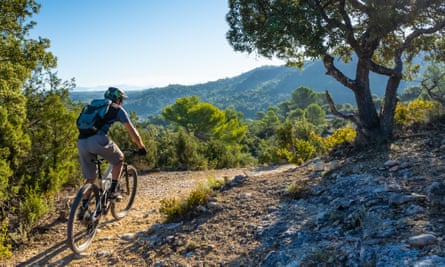
Villa Noailles, a unique modernist masterpiece
“What I really appreciate about seeing exhibitions at the Villa Noailles in Hyères is that it’s not a purpose-built arts centre but a real house with odd-shaped rooms and a swimming pool,” says local art-lover Lise Allard. Parisian arts patrons, Marie-Laure and Charles de Noailles, had the modernist villa built in the 1920s on a hilltop overlooking Hyères and the Mediterranean’s Golden Islands. The villa and its pool attracted the likes of Salvador Dalí, Luis Buñuel, Man Ray and Jean Cocteau, who used to do exercises around it. It is now part of the villa’s exhibition halls (with perspex over the pool).
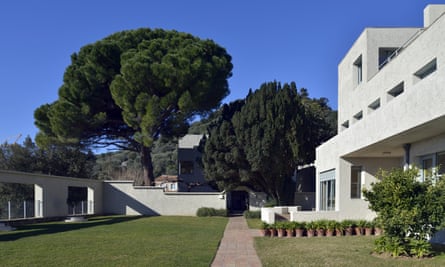
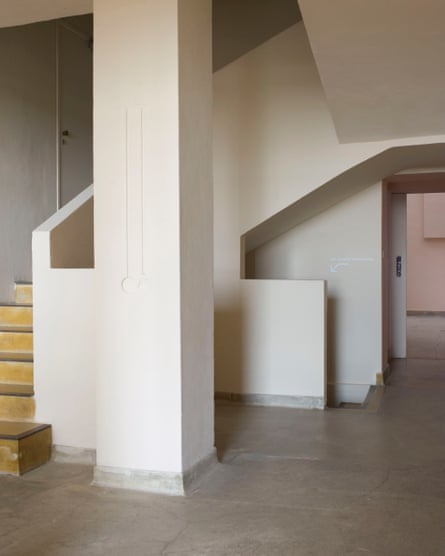
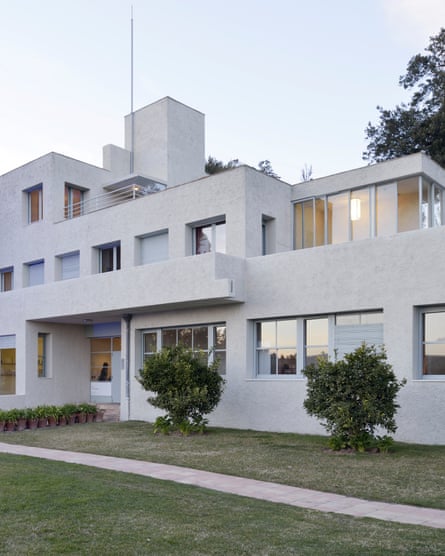
“They hold amazing workshops for dance, photography and acrobatics, as well as hosting interior design and architecture exhibitions. It’s a unique environment which promotes both local and international artists,” says Allard. The impressive, white villa is easy to find as it’s at the top of the hill, offering fantastic views. “My advice would be to walk up the steep pathway from Hyères’ old town and to spend some time in the cubist garden and Parc Saint-Bernard surrounding the villa, which stays open until 9pm on Thursdays.”
Discover a new side to the south of France with an off-season trip to Provence. With EasyJet flights from various UK airports, it’s never been easier to catch some autumn/winter sun. Find out more at easyjet.com and Provence-tourism.com
 Top Naija News: Nigerian News, Breaking News Nigeria and World News Top Naija News is a daily news publication in Nigeria, delivering the latest breaking news in Nigeria and around the world.
Top Naija News: Nigerian News, Breaking News Nigeria and World News Top Naija News is a daily news publication in Nigeria, delivering the latest breaking news in Nigeria and around the world.

